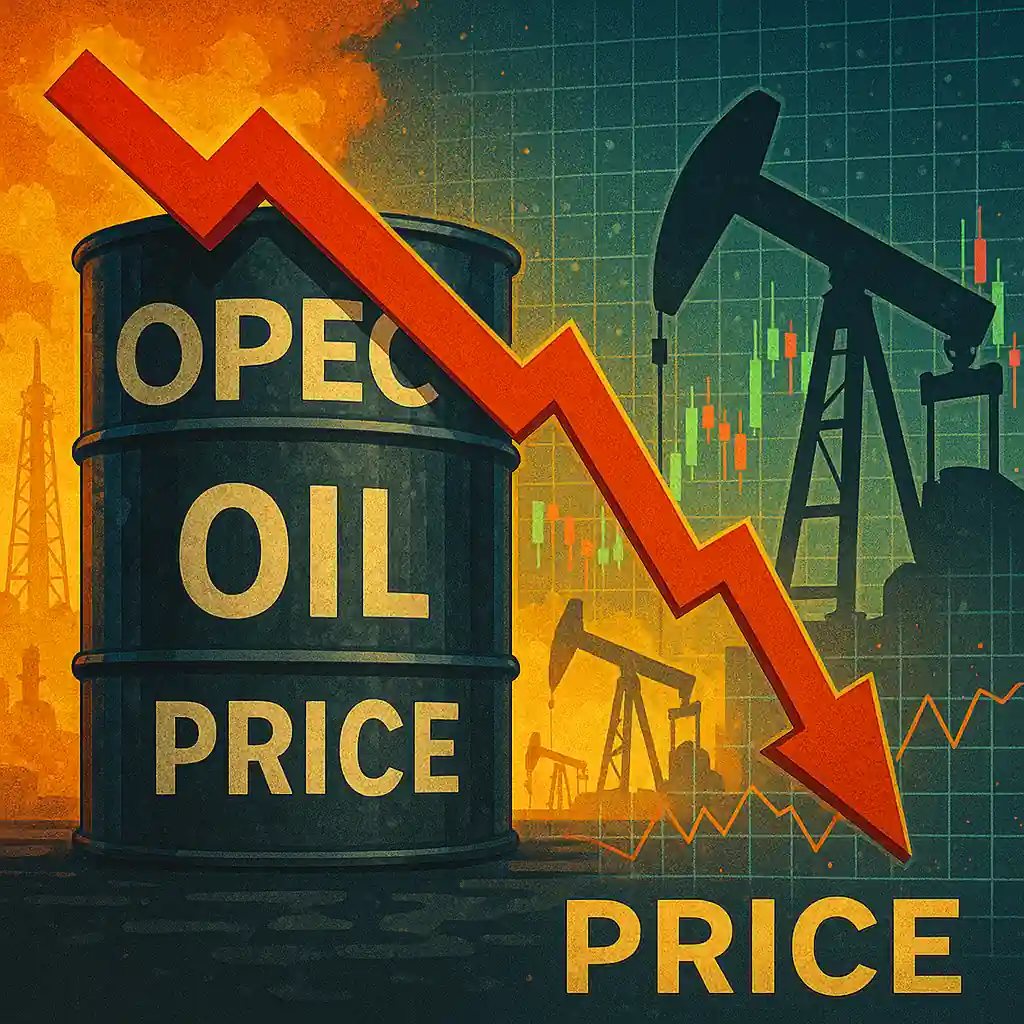Oil Prices Plunge Amid OPEC+ Supply Surge Talks
Oil markets tumbled this week as OPEC+ considers a second major output increase. Oil prices slid nearly 2%, with West Texas Intermediate falling to $58 a barrel. This marks one of the lowest price points since early 2021. The production talks, moved up to May 3, involve a potential boost of 400,000 barrels per day.
If approved, this increase would mirror April’s unexpected hike. That earlier move aimed to discipline members overproducing beyond their agreed quotas. Yet, increasing oil supply now may backfire, as demand remains sluggish and global inventories climb.
OPEC+ Faces Internal Tensions and External Pressure
According to analysts at TD Cowen, countries such as Iraq, Kazakhstan, and Russia are exceeding production targets. This cheating undermines OPEC+ strategy and forces the group to consider larger supply actions. Analysts project global oil inventories could swell by 200 million barrels over the next nine months.
Such an oversupply could push oil prices into the low $50s. If realized, this would deepen the 19% price drop already seen in 2025. The strategy also risks exacerbating internal discord within OPEC+ as member compliance weakens further.
US Oil Sector Reacts to Crude Price Collapse
The downward pressure on oil prices is already hitting the American energy sector. U.S. shale producers are cutting rig operations. Drilling activity is expected to drop by 4% before year-end. Energy giant Chevron announced plans to reduce share buybacks, citing the weakening oil market.
President Donald Trump, who once championed energy independence, faces a challenge in supporting domestic producers amid falling oil revenue and mounting geopolitical tension. Tariffs and secondary sanctions haven’t stemmed the price decline so far.
Global Demand Softens as Trade Tensions Rise
Oil demand is also being suppressed by weak consumption in China and persistent trade tensions. China’s economic activity has slowed. Meanwhile, the Trump administration’s tariffs raise concerns about long-term energy demand declines.
Talks between China and the U.S. might offer some relief. However, oil traders remain skeptical that diplomatic progress will be quick or effective. As oil oversupply combines with economic uncertainty, bullish sentiment remains elusive.
Iran and Venezuela Sanctions Add Geopolitical Volatility
Oil markets briefly found some support after Trump pledged to enforce new secondary sanctions. Nations and companies buying Iranian oil will face penalties. These sanctions aim to pressure Tehran amid stalled nuclear negotiations.
Trump previously applied similar measures to countries buying oil from Venezuela. China and India, key crude buyers from both sanctioned nations, now face higher economic strain. As oil markets grapple with both oversupply and sanctions, pricing remains volatile.




